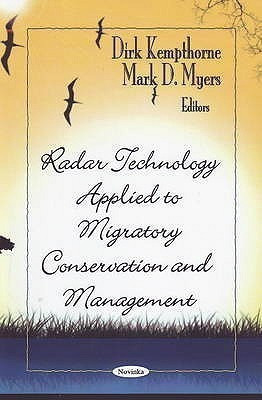Radar Technology Applied to Migratory Conservation & Management(English, Paperback, unknown)
Quick Overview
Product Price Comparison
Understanding the factors affecting migratory bird and bat populations during all three phases of their life cycle -- breeding, non breeding, and migration -- is critical to species conservation planning. This includes the need for information about these species' responses to natural challenges, as well as information about the effects of human activities and structures. Habitats and other resources critical to migrants during passage and stopover are being destroyed, degraded, and threatened by human activities. Birds and bats are also uniquely susceptible to human use of the airspace. Wind turbines, communication and power transmission towers, and other tall structures, known to cause bird and bat mortality, are being erected or proposed in increasing numbers across the country. In addition, the potential for bird/aircraft collisions poses human safety threats. Management and regulatory agencies, conservation organisations, and industry currently lack the information they need to meet their missions and statutory responsibilities. The biological data available from various radar technologies offer a unique opportunity to learn more about the spatiotemporal distribution patterns, flight characteristics, and habitat use of "aero-fauna".


